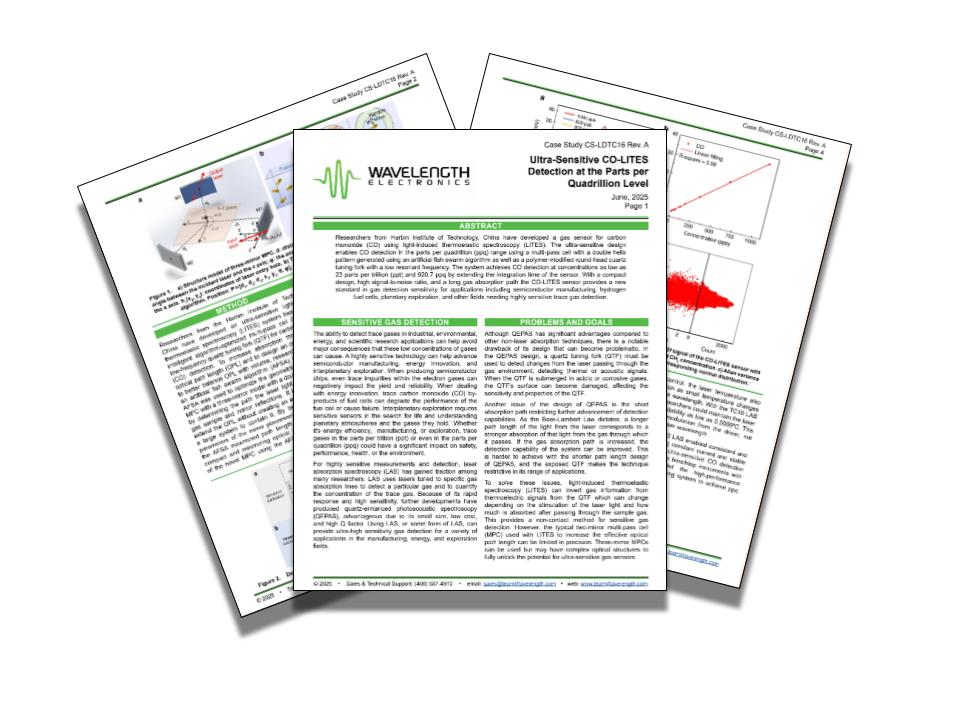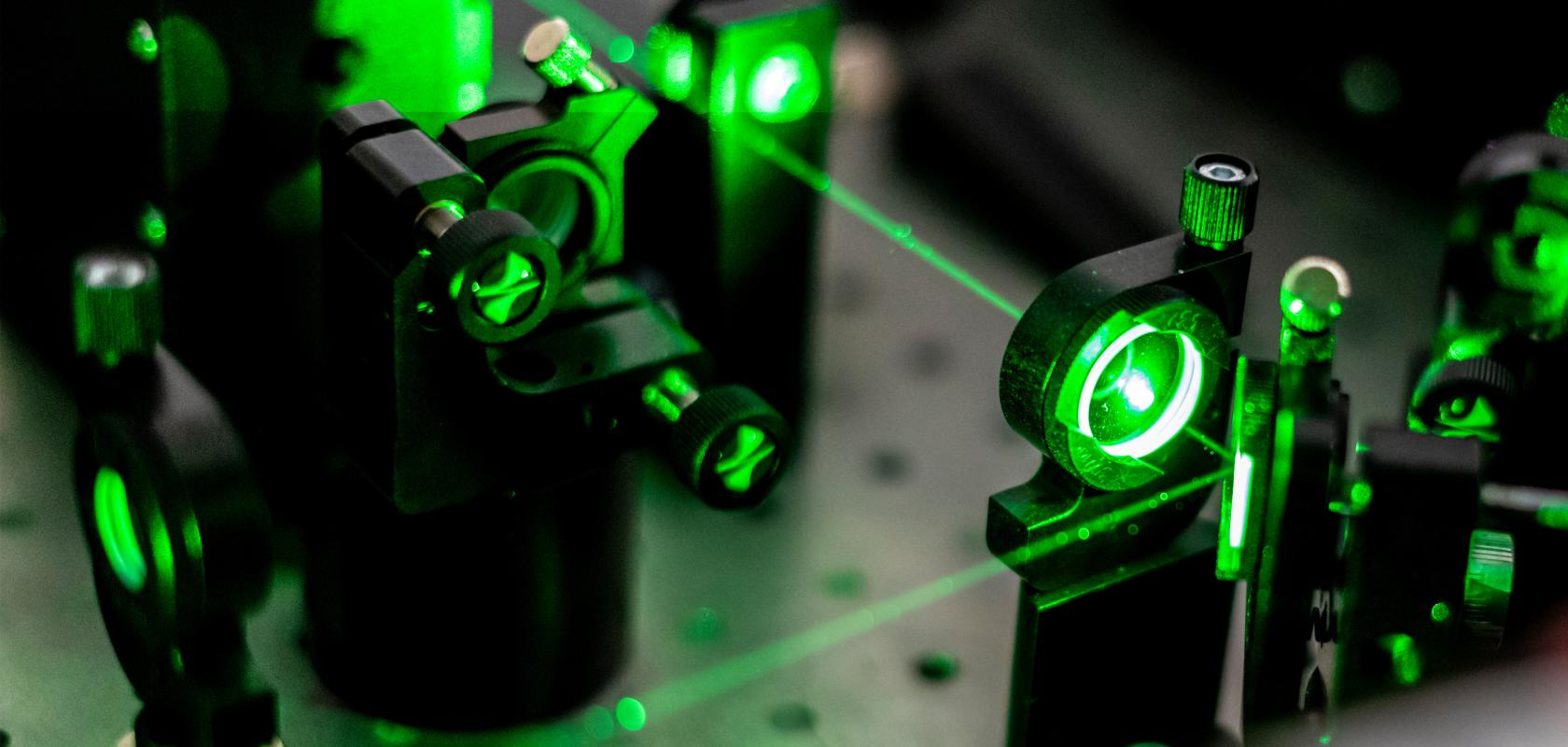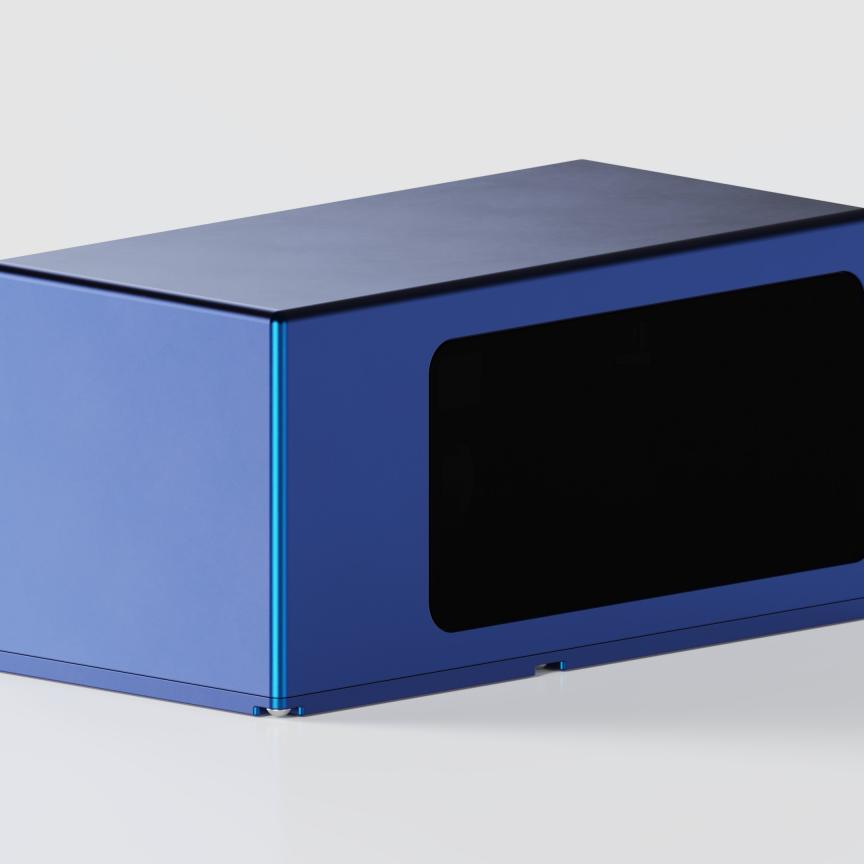Researchers from the Harbin Institute of Technology in China have shattered a trace gas sensing record, developing an ultra-sensitive carbon monoxide detection system enabled by intelligent algorithm optimisation and advanced laser control that pushes the boundary to an unprecedented 920.7 parts per quadrillion (ppq) sensitivity.
"Detecting carbon monoxide at the parts-per-quadrillion level pushes the abilities and applications of trace gas sensing," explains Jeremiah Hashley, a technical writer with Wavelength Electronics. "Achieving that sensitivity opens up detection of impurities or background gases that were previously impossible to observe with traditional CO sensors. In practical terms, it means you can monitor ultra-clean processes, detect extremely low leak rates, and diagnose trace contamination in otherwise 'pure' environments."
A new approach to gas sensing
At the heart of this breakthrough is light-induced thermoelastic spectroscopy (LITES), which detects thermoelectric signals from a quartz tuning fork that change depending on laser light stimulation and gas absorption.
"CO-LITES uses Light-Induced Thermoelectric Spectroscopy, which is a non-contact technique," says Hashley. "Unlike quartz-enhanced photoacoustic spectroscopy, the quartz tuning fork (QTF) doesn't need to be immersed directly in the gas, so corrosion or electrode degradation is avoided."
By pairing this design with an optimised multi-pass cell and a low-frequency, PDMS-coated QTF, the researchers achieved extremely high sensitivity in a compact footprint.
Intelligent optimisation and structural innovation
Two key innovations enabled the system to achieve its record-breaking sensitivity. The first was the use of an artificial fish swarm algorithm (AFSA) to optimise the design of a three-mirror multi-pass cell with a double helix structure. This computational approach solved a complex engineering challenge: maximising the optical path length whilst minimising volume and maintaining uniform spot distribution.
"Designing a multi-pass cell to maximise optical path length, minimise volume, and achieve uniform spot distribution is a complex optimisation problem in a high-dimensional space," Hashley explains. "The artificial fish swarm algorithm enabled a systematic exploration of the parameter space to generate a 'double helix' spot distribution through three mirrors, resulting in a long optical path (25.8m) within a compact volume (165.8ml), whilst maintaining a small and efficient system."
The algorithm achieved this by iteratively adjusting the parameters of mirror placement, angles, and spacing to create a highly dense pattern of spot distribution within a compact design. The result is an optical path length to volume ratio that significantly increases gas-light interaction time without expanding the physical size of the system.
The second major innovation focused on the quartz tuning fork itself. The researchers customised a QTF by increasing its length from 3.9mm to 9.1mm, decreasing the width from 0.36mm to 0.25mm, adding round heads to enhance stress during vibration, and using gold electrodes to improve oxidation and corrosion resistance. They then coated it with polydimethylsiloxane (PDMS), a polymer material with low thermal conductivity and high thermal expansion coefficient.
"Researchers wanted to reduce the resonant frequency of the QTF to increase the energy accumulation time, thus improving the detection sensitivity," says Hashley. "The PDMS coating reduced heat diffusion and increased mechanical stress during vibration, which boosted thermoelastic signal amplitude. Combined, these changes yielded a ~10.59× improvement in signal-to-noise ratio over a commercial QTF."
The resonant frequency was reduced by 70%, from approximately 32.8kHz to 9.5kHz. "Lowering the resonant frequency stretches the oscillation cycle, allowing more energy accumulation per cycle and stronger coupling of the thermoelastic effect," Hashley explains. "This makes weak absorption changes easier to detect."
Precision control at the foundation
Achieving ppq-level sensitivity required more than innovative optical and mechanical design – it demanded extraordinary stability in the laser system itself. The researchers selected Wavelength Electronics' QCL1500 LAB quantum cascade laser driver and TC10 LAB temperature controller to provide the necessary precision and stability.
"For a system targeting ppq-level detection, any current noise or instability in driving the quantum cascade laser directly degrades precision," says Hashley. "The QCL1500 LAB driver must provide ultra-low noise, high modulation bandwidth, high precision, and stability over long integration times in order not to mask the weak signals. Signal-to-noise ratio is very important in these types of applications."
Temperature control proved equally critical. The TC10 LAB maintained the laser temperature at 35°C with stability as low as 0.0009°C. "The QCL output wavelengths shift with temperature," Hashley explains. "At ppq sensitivity, even microkelvin-level drift can shift the baseline or misalign the laser absorption, corrupting the measurement. Maintaining thermal stability at 0.0009°C minimises these drifts, preserving the integrity of long integration measurements."
The relationship between driver performance and detection limits is direct. "In ultra-sensitive spectroscopy, driver noise translates directly into baseline fluctuations or jitter in laser output," says Hashley. "If too high, that noise is indistinguishable from weak gas absorption signals. The QCL1500 LAB's ultra-low current noise floor ensures that the limit of detection is determined by physical noise – fundamental limits – and not the electronics."
Real-world applications and industry impact
The CO-LITES sensor has been tested in real-world scenarios, including measuring CO concentrations on campus and in exhaled human breath, demonstrating responsiveness to traffic cycles and metabolic signals.
The implications extend across multiple industries. In semiconductor manufacturing, even trace impurities can negatively impact yield. For hydrogen fuel cells, tiny amounts of CO poison the catalyst, degrading performance. In planetary exploration, detecting gases at extremely low concentrations can indicate biological or geological processes.
"Clean energy and fuel cells stand to benefit from ultra-low CO contamination monitoring," says Hashley. "Semiconductor and microelectronics fabrication need this for purity control, environmental monitoring and climate science can use it for trace gases, and biomedical diagnostics can apply it to breath analysis and early disease markers."
Looking beyond these immediate applications, Hashley sees potential in unexpected areas. "Perhaps exoplanet atmospheres or astrobiology with embedded ultra-sensitive sensors onboard space probes to detect tracers in thin atmospheres," he suggests. "Or quantum technology labs, where trace gases degrade vacuum or cryogenic systems."
The future of ultra-sensitive detection
The achievement signals a broader trend in gas sensing technology. "Researchers are moving towards molecular fingerprinting at all-time low concentrations, integrating machine learning, algorithmic noise reduction, integrated photonics, and compact spectrometers to push towards single-molecule-level detection," says Hashley.
Wavelength Electronics is positioning itself to support this evolution with ultra-low-noise, high-bandwidth, precision current and temperature control products optimised for advanced spectroscopy systems.
Looking ahead, he anticipates significant developments in control technology. "Future laser and temperature control technology will focus on ultra-low noise, higher bandwidth, and smarter stability management. Next-generation drivers might deliver sub-nanoamp current noise and multi-MHz modulation capability, whilst temperature controllers maintain microkelvin precision over long measurements. These advances will make ultra-sensitive spectroscopy more reliable, compact, and practical for both research and industrial environments."
For researchers pushing the boundaries of gas detection sensitivity, Hashley offers clear guidance: "Researchers aiming to push the limits of gas detection sensitivity should focus on eliminating every possible noise source: electrical, thermal, and mechanical. System stability is key. Precision drivers and temperature controllers must maintain consistent operation over long integration times."
He emphasises the importance of comprehensive system design. "Optical design should balance path length enhancement with compactness and low loss, whilst materials and coatings should be optimised to maximise signal strength. Careful noise characterisation early in development helps identify the true limiting factors before optimisation begins."
Ultimately, the practical value of breakthrough sensitivity depends on reliability. "Record-breaking sensitivity is only valuable if it can be achieved repeatedly and in real-world conditions," Hashley concludes.
With ppq-level detection now demonstrated in CO-LITES sensors, the stage is set for a new generation of ultra-sensitive gas sensing applications that can monitor processes and detect phenomena previously hidden in the noise floor of conventional instruments.
Find out more by reading the latest White Paper from Wavelength Electronics: Ultra-Sensitive CO-LITES Detection at the Parts per Quadrillion Level



